by shari mycek
At exactly 6:03 a.m., I opened my eyes to see Anita, a tall, lanky woman in white pants and sun-yellow shirt, standing over my bed at Steigenberger hotel Der Sonnenhof, a property in Bad Worishofen, Germany - a small Bavaria town known for its Kneipp water cures. Little known in the U.S. Kneipp water therapy uses warm and cold water to increase circulation, improve lymphatic function, reduce headaches and promote overall wellness. Spas, hospitals, as well as outdoor parks feature the long, water-filled troughs, used for stepping (feet) and soaking (arms).
The night before, the spa staff had advised me of the delivery of the hay pack – a warm linen sack filled with approximately 20 steamed grasses, flowers, and herbs including chamomile, St. John’s Wort, and sage – so I would not be startled by the early morning visitor.
The night before, the spa staff had advised me of the delivery of the hay pack – a warm linen sack filled with approximately 20 steamed grasses, flowers, and herbs including chamomile, St. John’s Wort, and sage – so I would not be startled by the early morning visitor.
The ritual is common in hotel spas all over Bad Worishofen, as it's believed that in the early morning, the body, in its quiet state, is better able to receive the healing properties of the warm, herb-infused flowers and hay. After placing the fragrant bundle under my shoulder blades and tightening the blankets around me, Anita slipped out of my room. And breathing in the fresh, hay-and-herb-scent, I drifted back to sleep.
Forty-five minutes later, Anita returned to remove the hay pack - then guided me to the spa to begin the Kneipp ritual of soaking arms - then feet - in troughs of warm, followed by ice-cold water.
Forty-five minutes later, Anita returned to remove the hay pack - then guided me to the spa to begin the Kneipp ritual of soaking arms - then feet - in troughs of warm, followed by ice-cold water.
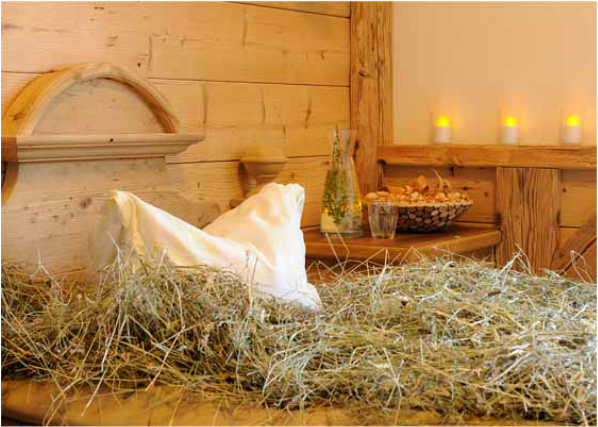
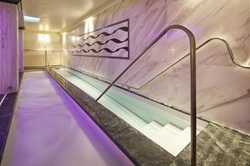
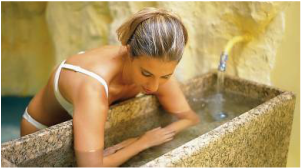
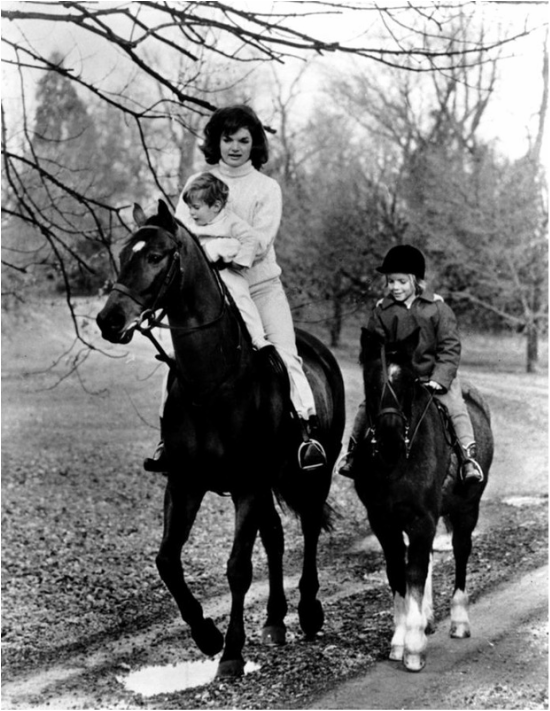
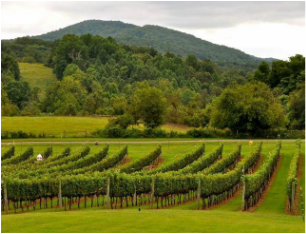
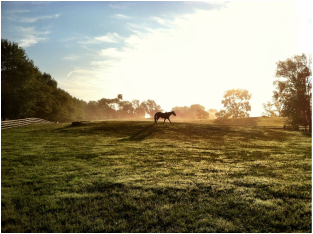
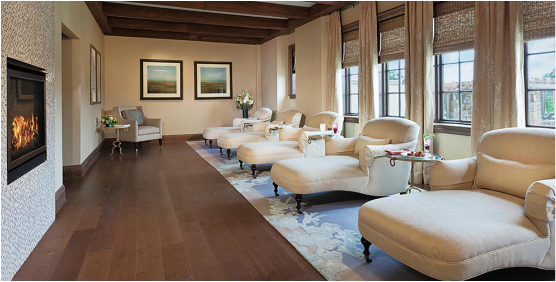
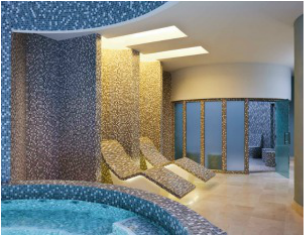
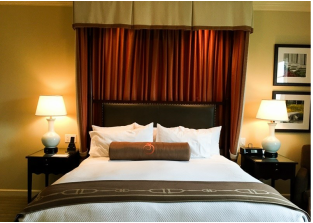
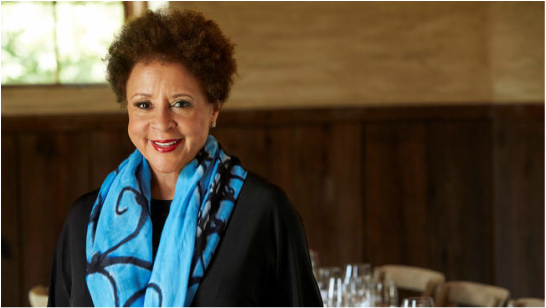
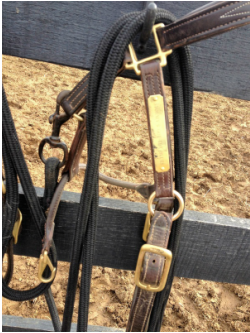
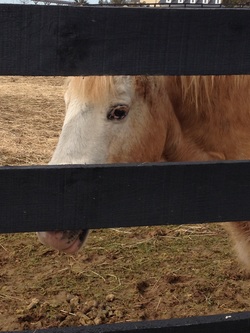
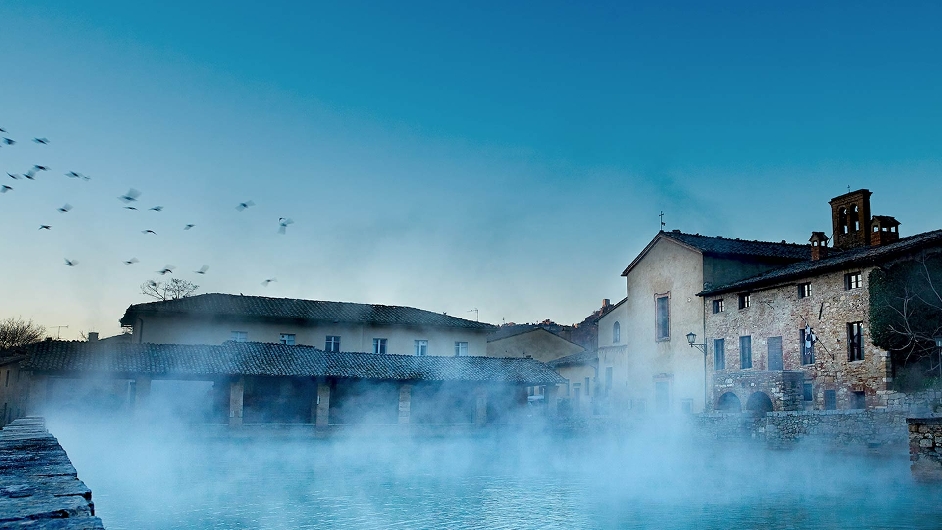
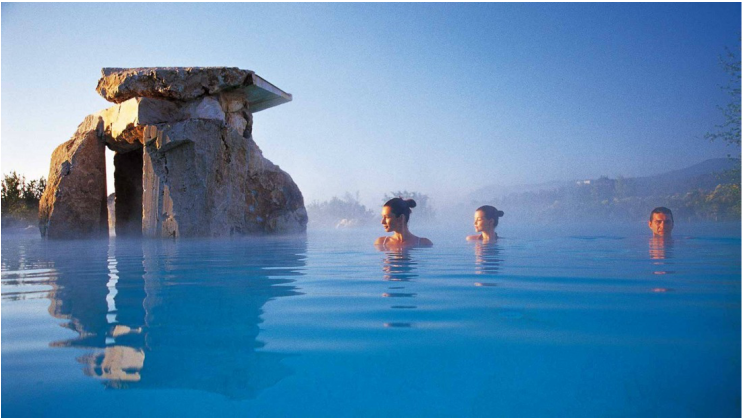
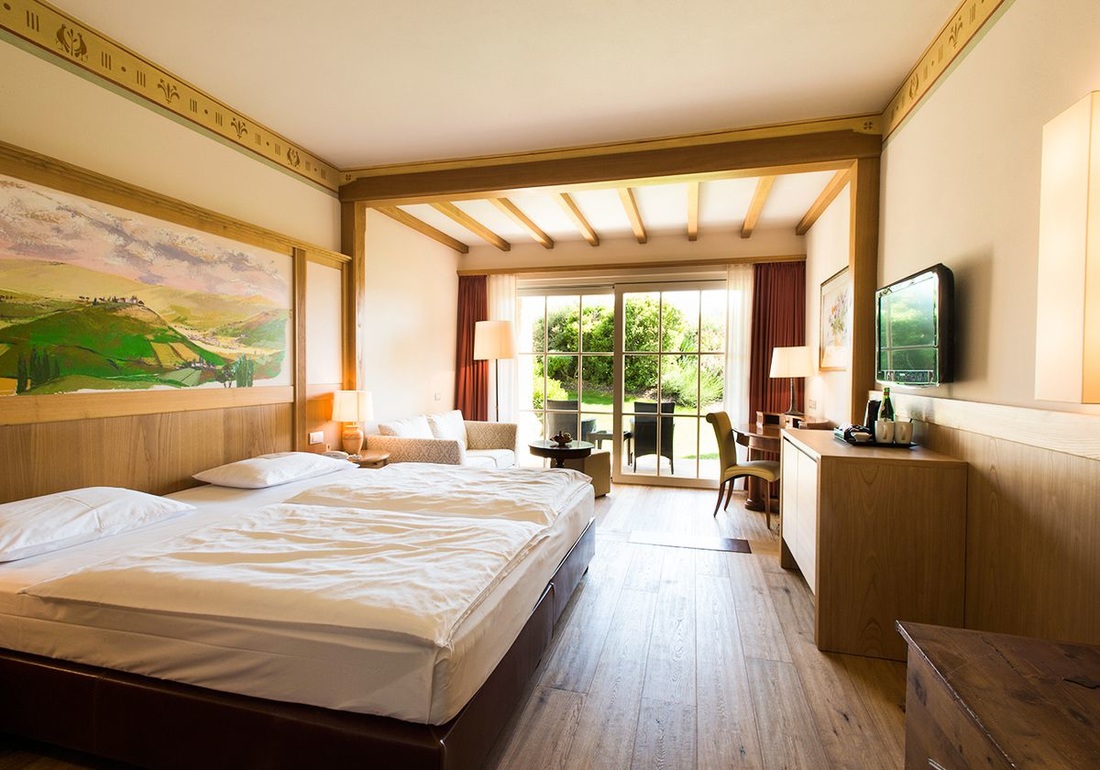
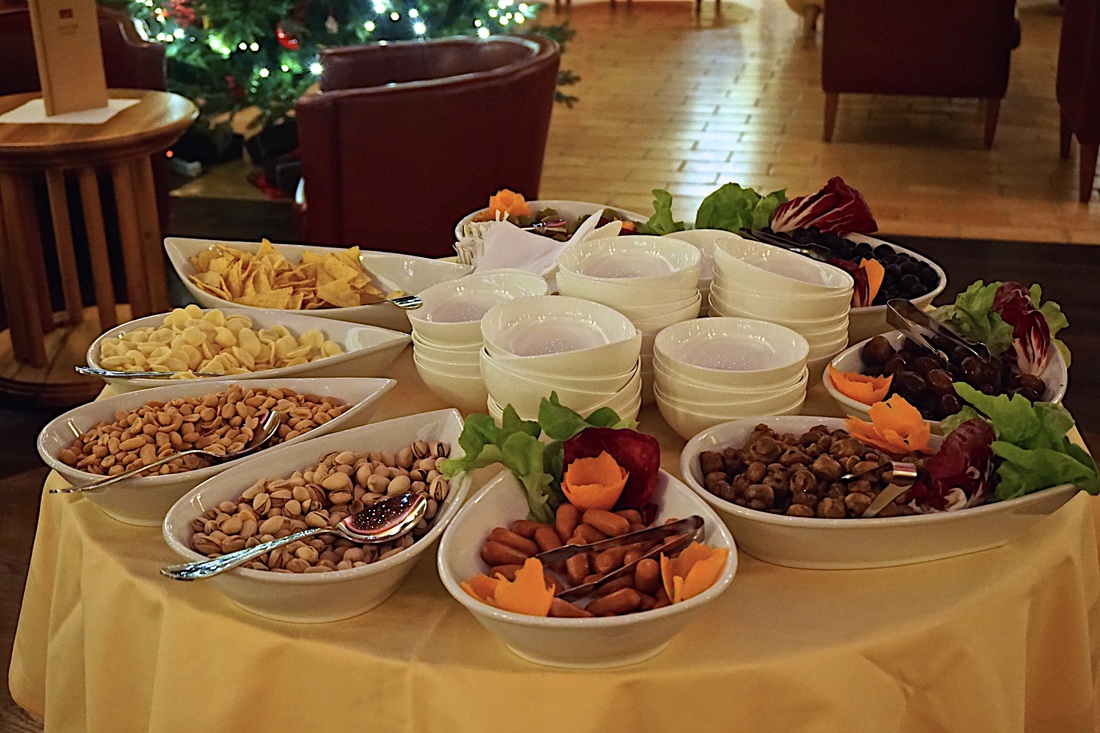
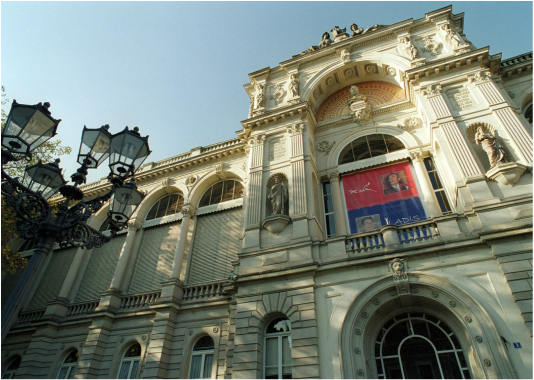
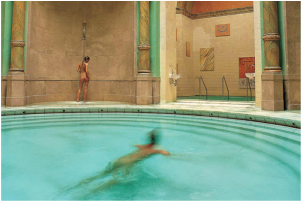
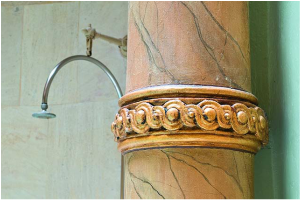

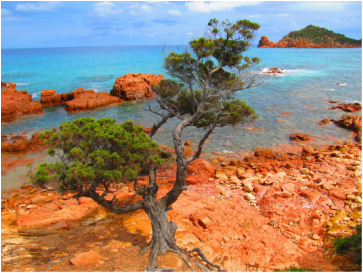

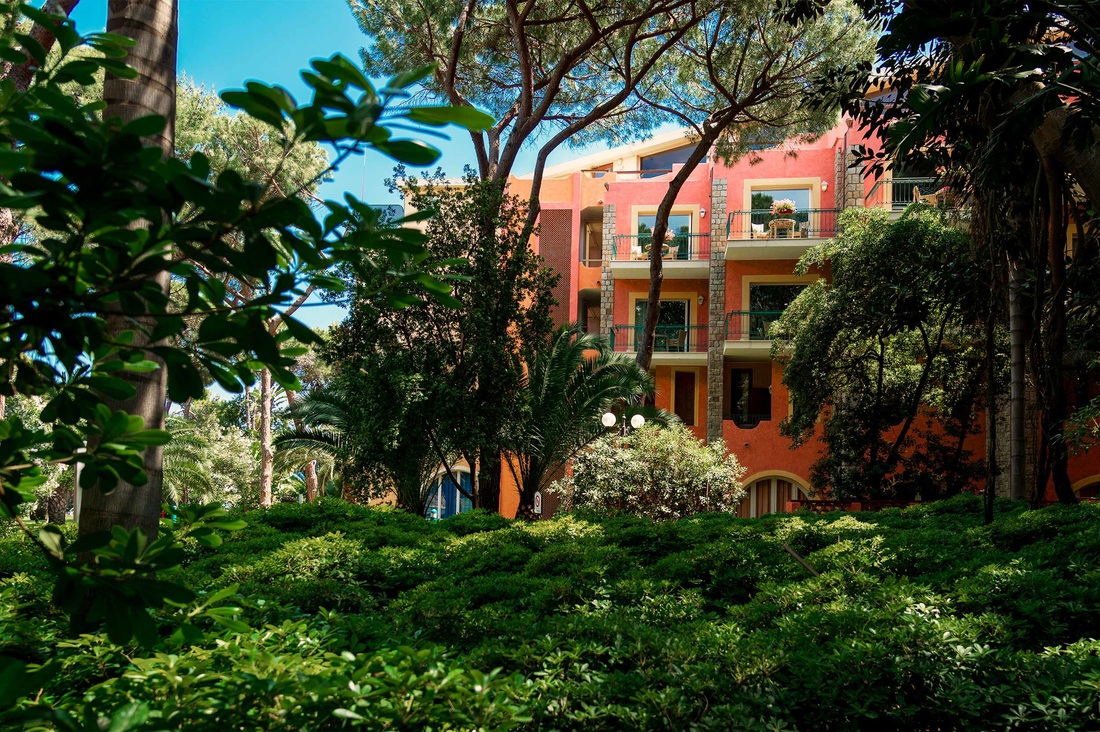
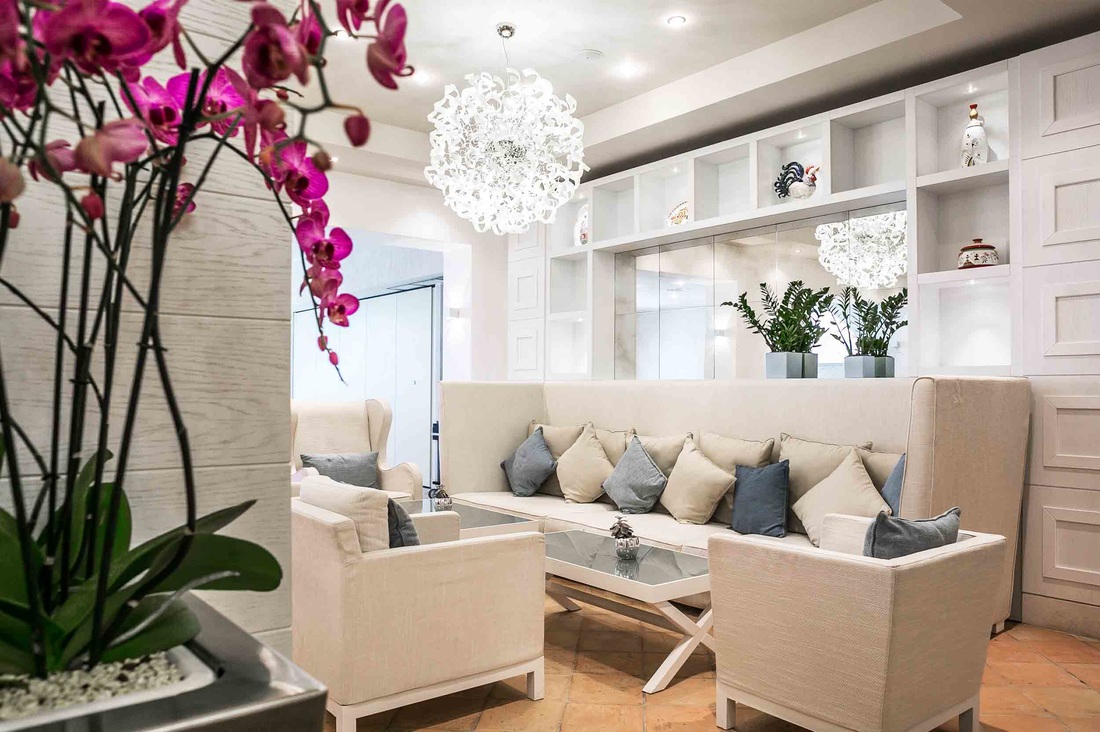
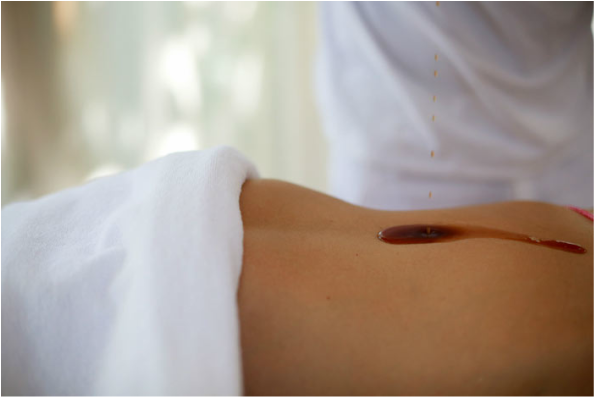
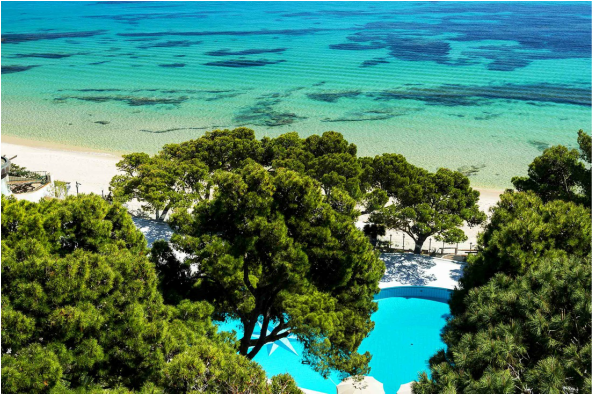
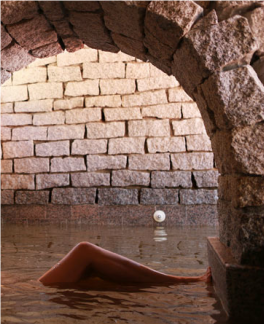
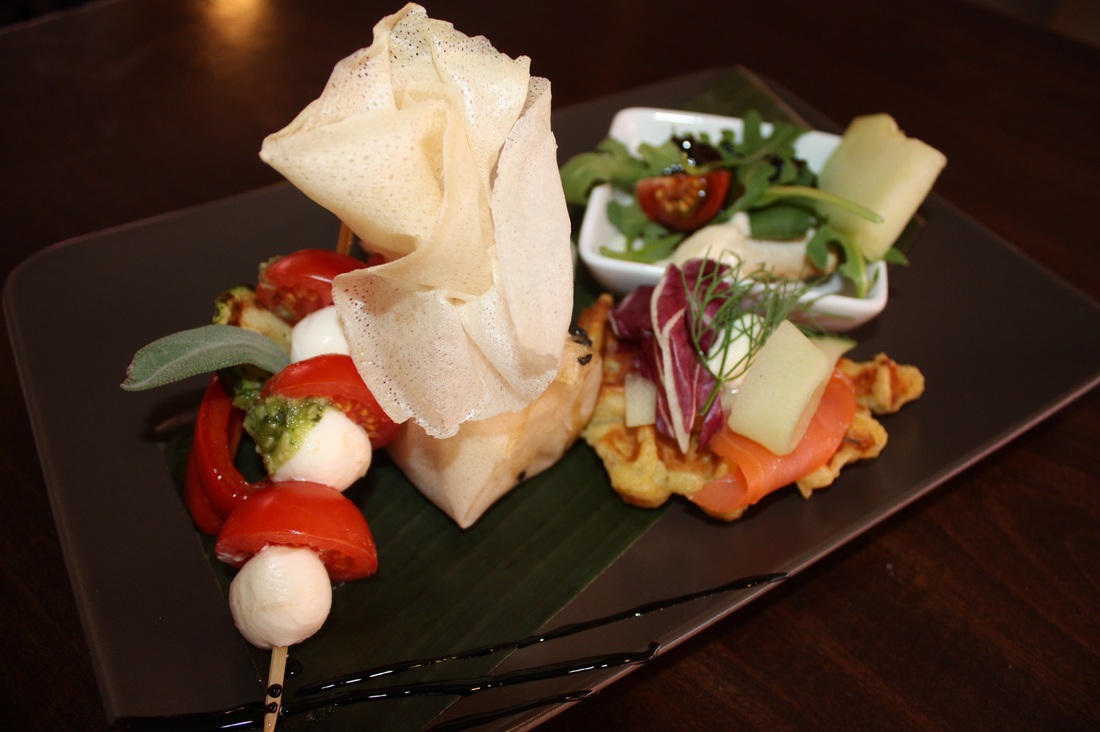
 RSS Feed
RSS Feed